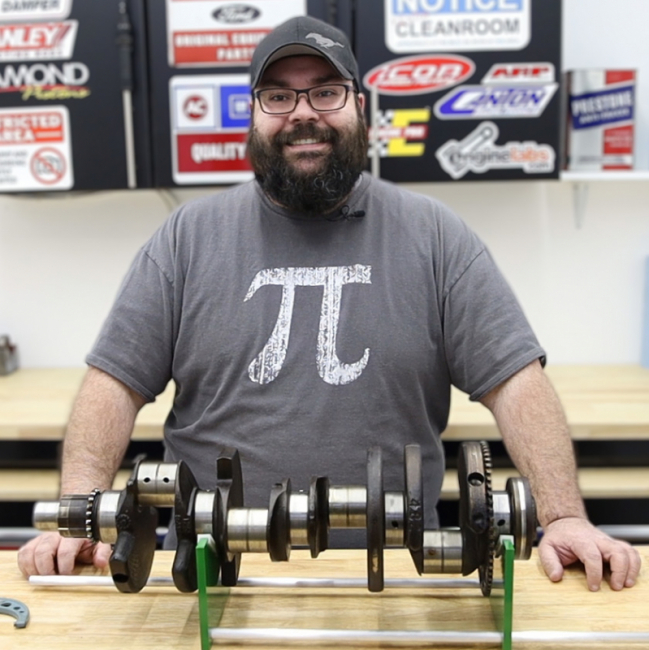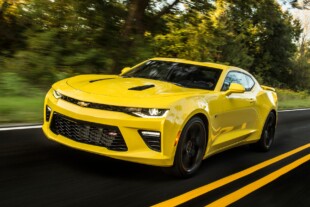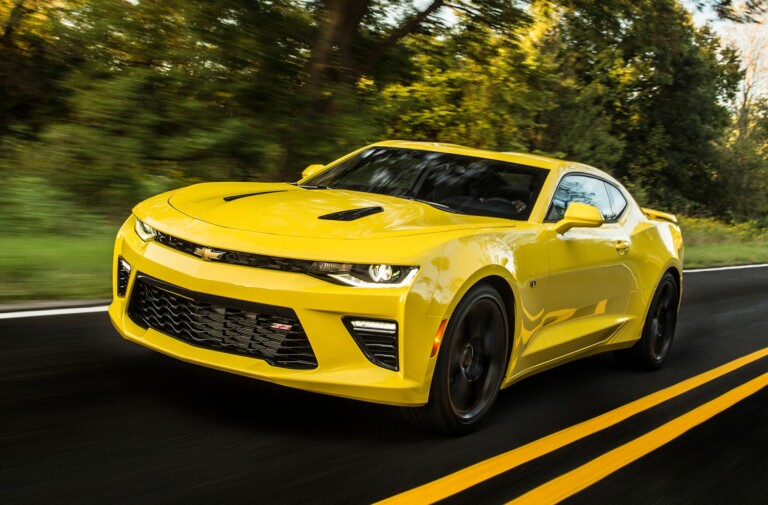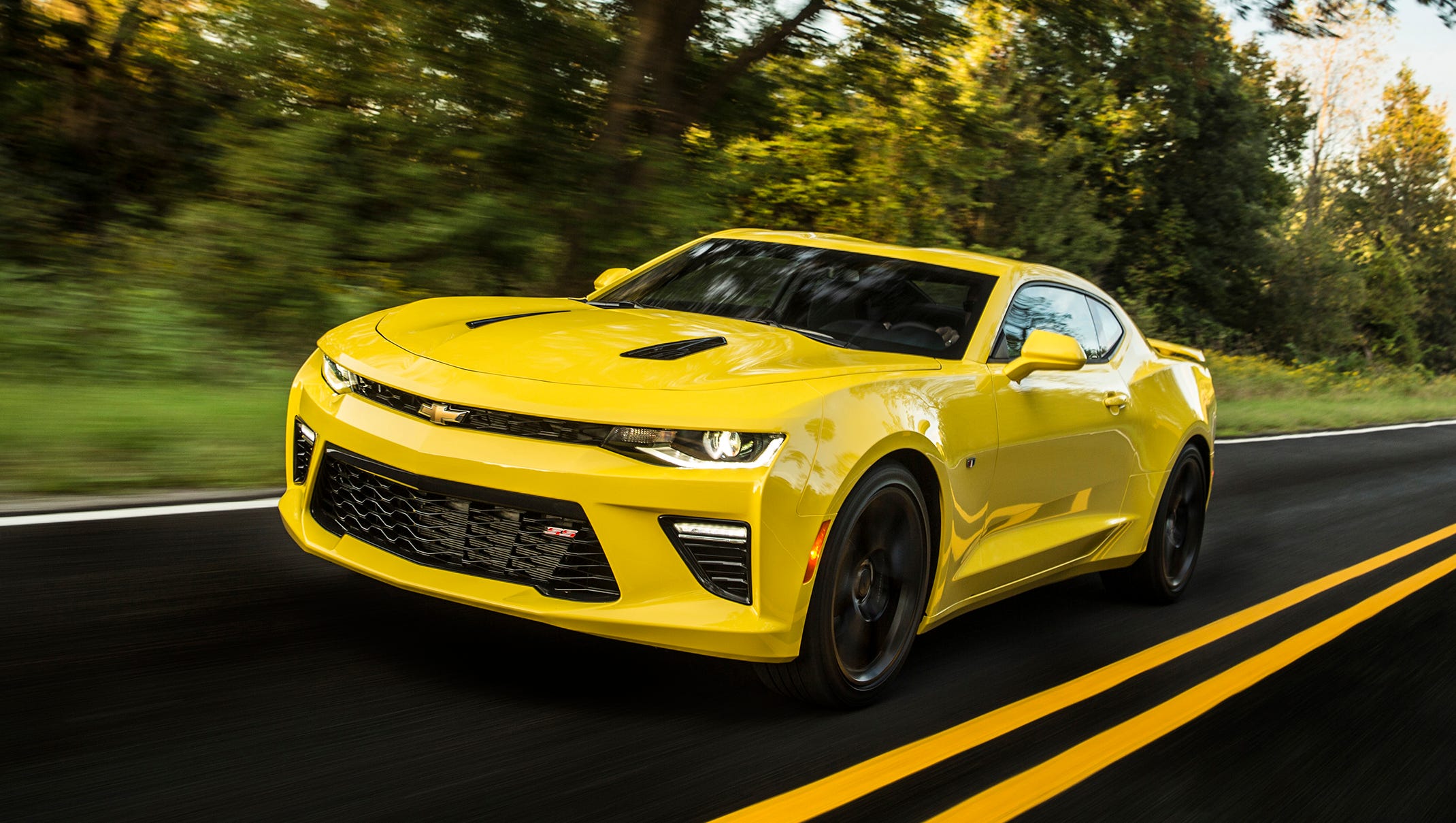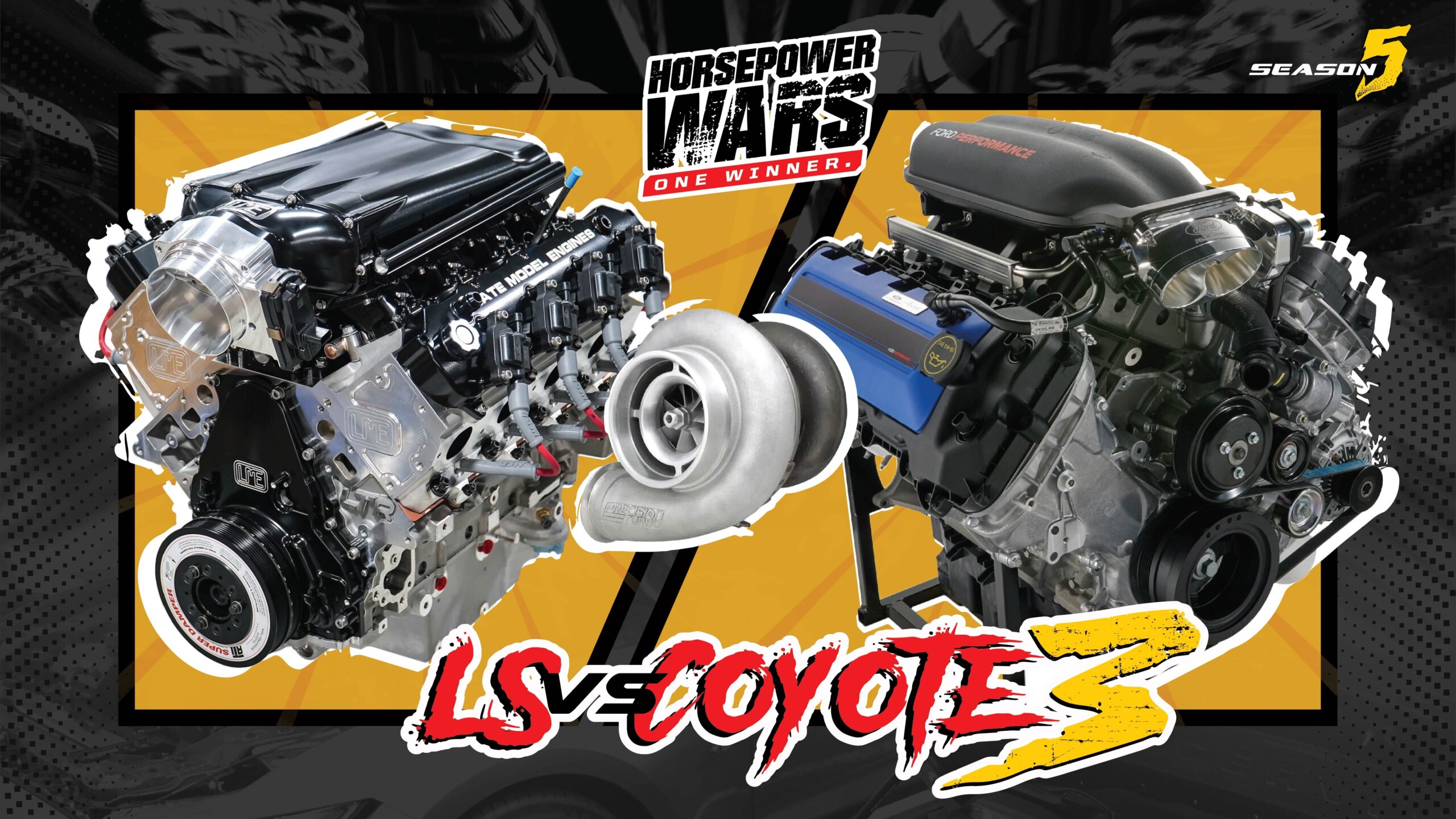Ever since the release of Dart’s new Iron Eagle 2JZ engine block, we’ve all been rubbing our hands together to see the first build with one hit the dyno (publicly, anyway). Well, Real Street Performance got their hands on one of the new Dart 2JZ blocks and wasted no time assembling it into a killer combination and putting it on the dyno. No burying the lead here; they made over 1,800 horsepower on the combination like it was a walk in the part. Let’s take a look at the combo.
The New Dart 2JZ
The star of the show is Dart’s Iron Eagle 2JZ engine block. This is the first aftermarket iron block of its kind, and as such offers quite a few upgrades from a factory iron block. The blind head bolt holes are available in either the standard 11mm thread or an upgraded 1/2-inch diameter thread. The water jacket is redesigned for improved cooling, and every other facet of the block — deck thickness, cylinder wall thickness, and outer block case — has increased thickness to increase strength and stability under load.

In addition to the new Dart Iron Eagle 2JZ block, Real Street used Brian Crower HD H-beam rods and a lightweight 96mm stroker crank. Both are parts not normally found in a combination running almost 70 pounds of boost.
Where the stock block’s maximum bore is 87mm, the Dart 2JZ block ups that to 88mm. It is also able to accept a longer stroke. For this build, Real Street decided to max out displacement by running the maximum 88mm bore right out of the gate, along with a 96mm stroke lightweight, forged 4340-steel crank from Brian Crower — 2mm longer stroke than you’d normally see in a 2JZ stroker combination. Those specs combine to add another half a liter to the 2JZ’s standard displacement, for 3.503 liters (213.78 ci).
In addition to being a long-stroke crank, it also features Honda-sized rod pins (47.95/1.888-inch) to slow down bearing speed from the standard 2JZ rod journal size (52mm/2.047-inch). Pairing with a set of Brian Crower forged HD H-beam rods and thin-ring 2618 pistons, there were a lot of, “Let’s see if this works” parts used in the short-block, since the components are outside of their normal use case.

The Dart 2JZ block has so much added strength and rigidity, the team decided to run the standard 11mm head studs and a traditional MLS head gasket, where they would normally run a fire-ring setup. That alone could change the whole high-power 2JZ game.
The Top End
Since the goal of this test was to really push the Dart 2JZ block and rotating assembly, that’s where the focus was. However, there were some interesting choices made in the name of science. Normally, in an 1,800-horsepower 2JZ combination, Real Street would use a fire ring setup to seal the cylinders to the head. However, because of the Dart 2JZ block’s increased deck thickness and overall rigidity increase, they decided to not only use the standard 11mm head stud size, but also a traditional MLS gasket setup.
In order to provide the airflow for the test, the team used one of Precision Turbo’s new “Next-Gen” 8685 turbocharger. Rated at 1,800 horsepower from Precision, this 86mm turbocharger is capable of providing all the boost needed to complete the testing of the new block, and expose any weak spots that might exist in the design.
In The Dyno Room
Heading into the test, the Real Street team had two hard limits – 8,400 engine RPM, because of the OE-style wet-sump oiling system, and 120,000 compressor RPM (the listed maximum from Precision). As the team worked their way up in the power levels during testing, they became more and more impressed.
After breaking in the engine and making some partial pulls, the first full pull at 30.8 psi of boost netted 1,179 horsepower. Checking over the data and finding everything in the green, the Real Street Team then added about 10 pounds of boost. Their reward? 1,442 horsepower at 42.2 psi of intake pressure. The very promising part of that pull was that the turbo drive pressure was just equal to the boost pressure — a sign that the turbo has plenty of room to keep breathing.

Supplying the boost for the testing is a Precision Next-Gen 8685 rated at 1,800 horsepower and 120,000 compressor RPM. Real Street used every last bit of the turbocharger’s capacity (and then some) on the dyno.
So the pressure was upped by a little more than a full bar to 57.9 psi, while the engine was still kept within its 8,400 rpm limit. The result this time was 1,711 horsepower. While impressive, and meeting the quietly held goals of the team, the data suggested that there was still room for more. The compressor speed wasn’t near the maximum yet, and the exhaust pressure indicated that the turbo wasn’t out of breath yet.
After a little more work, the team made a final pull. A little more boost — another almost 12 psi for a total of 69.5 psi — netted the team a gain of more than 100 horsepower. That resulted in the final results of the day being 1,821 horsepower at 7,900 rpm and 1,226 lb-ft of torque at 7,700 rpm. On that pull, the turbo speed was slightly above the advertised maximum speed (122,198 rpm) and the exhaust pressure peaked at 116.4 psi for a backpressure ratio of 1.69:1, which shows just how efficient the Precision Next-Gen turbocharger is.
By the end of testing, the engine had made between 35 and 40 pulls over 1,500 horsepower an was in almost perfect shape. The engine is currently being torn down and inspected, due to a minor increase in cooling system pressure in the data logs. But, the team is anxious to put it back together for round two of testing, which will consist of a larger turbocharger and a 2,000 horsepower goal.

The final result: 1,821 horsepower at 7,900 rpm and 1,226 lb-ft of torque at 7,700 rpm, at an astonishing 69.5 psi. The exhaust pressure was over 110 psi, and the compressor wheel was spinning over 122.000 rpm. The craziest part is, that the engine isn’t done yet, as the team will be switching to a bigger turbo in the quest for 2,000 horsepower.



